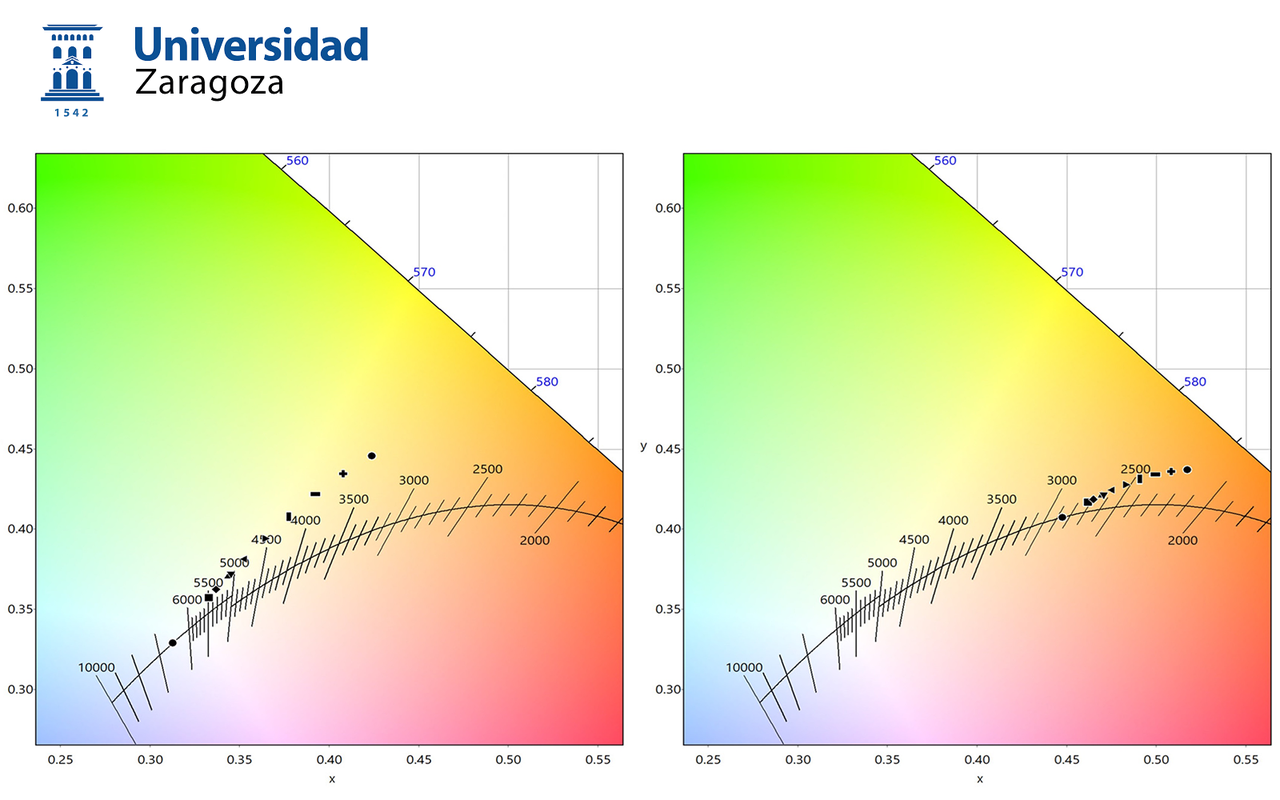Trends | Research
|
Mar 01, 2023
Method to Calculate Melanopic Light Reaching the Retina Depending on the Optical Density of an Aging Crystalline Lens
Lighting studies that take into account the age of the inhabitants of an area and are related to circadian light are difficult to find. This study aims to simplify a method to approximately compute the circadian light reaching the retina based on photopic illuminance reaching the corneal plane and considering the optical density of an aging crystalline lens.
As an example of this proposed method, calculations were performed with both the D65 and A standard illuminants, showing how the spectral power distribution is modified by the optical density of the crystalline lens, mainly at short wavelengths. Due to these selective wavelength absorptions of the aged lens, a significant variation in the level of daylight equivalent melanopic illuminance (EDI) is present in the retina. With levels of 200 lux at the corneal plane, these variations ranged from 204 EDI lux to 178 EDI lux for the D65 standard illuminant, and from 99 EDI lux to 101 EDI lux for the A standard illuminant for observers aged 10 and 90, respectively.
In this work, the authors aimed to simplify the greatest possible level of calculation of melanopic light, while describing simple protocols that are easy to translate into practice. Their results will allow researchers to carry out optimized lighting designs from both the photometric and circadian perspectives considering the optical density of an aging lens.
Received: 19 January 2023 / Revised: 13 February 2023 / Accepted: 14 February 2023 / Published: 16 February 2023
Read the full research article here: https://www.mdpi.com/2076-3417/13/4/2569
© 2023 Luger Research e.U. – Institute for Innovation & Technology

